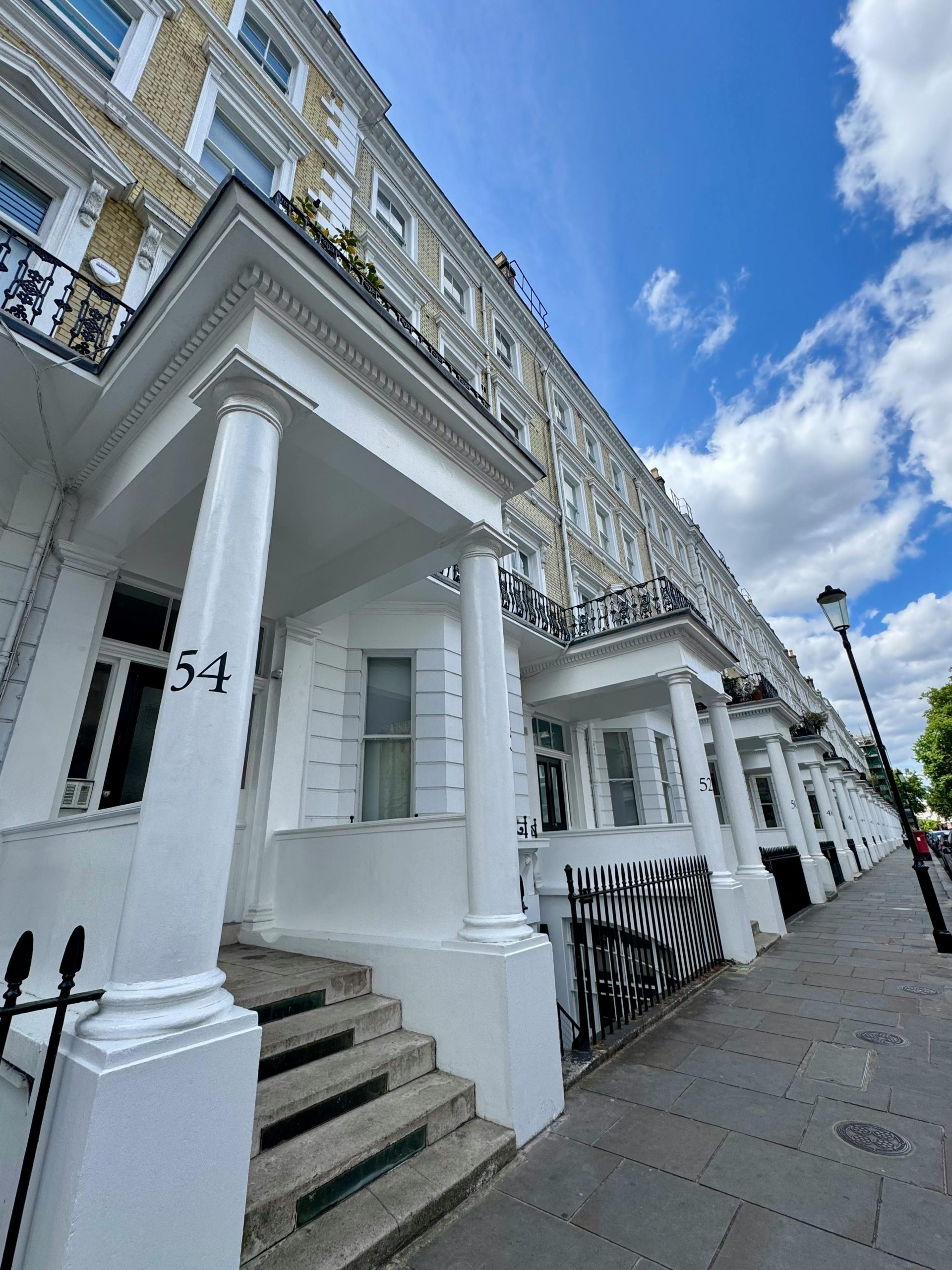Exploring Property Ownership Among British Indians in London: Myths and Realities
In recent years, discussions surrounding property ownership in London have garnered widespread attention, often highlighting the prominence of various communities within the city’s real estate landscape. A recurring claim that has surfaced across social media platforms, news outlets, and online forums suggests that British Indians possess a larger share of London’s property and real estate assets than native British citizens. As an Indian myself, I am genuinely curious about the accuracy of this assertion and seek to understand the ground realities.
Understanding the Claim
The notion that British Indians hold a significant proportion of London’s property is rooted in observations of the community’s active engagement in the city’s property market. UK Census data, property ownership statistics, and anecdotal reports often point to increasing property investments among British Indians, particularly in suburbs with sizeable South Asian populations. However, the question remains: does this translate into a majority—or even a substantial proportion—of London’s real estate being owned by British Indians?
What Does the Data Say?
While precise, up-to-date figures can be challenging to pinpoint due to privacy regulations and the complexities of property ownership, several studies and reports provide insight:
-
Community Investment: British Indians are known for significant investments in residential and commercial properties across London, driven partly by community networks and familial investment strategies.
-
Ownership Patterns: Data from property registration agencies indicates that ethnically Indian households often rank high in property ownership among minority groups, but this does not necessarily imply dominance over the entire London real estate market.
-
Market Dynamics: London’s property market is diverse, with ownership spread across various demographic groups including native British citizens, other ethnic minorities, international investors, and corporate entities.
Community Influence and Perception
The perception that British Indians own the majority of London’s properties often stems from visible community hubs, active participation in property markets, and media narratives emphasizing the community’s economic success. While these factors highlight significant investment activity, they do not conclusively prove majority ownership.
Counterpoints and Clarifications
Some experts and studies suggest that claims of majority property ownership by British Indians are exaggerated or oversimplified. Factors such as foreign investment, institutional holdings, and ownership by other communities complicate the overall picture. Furthermore, diversity in ownership varies regionally within London, with some boroughs displaying higher community engagement than others.
Conclusion
While it is evident that British Indians are an influential and active demographic in London’s property market, current evidence
